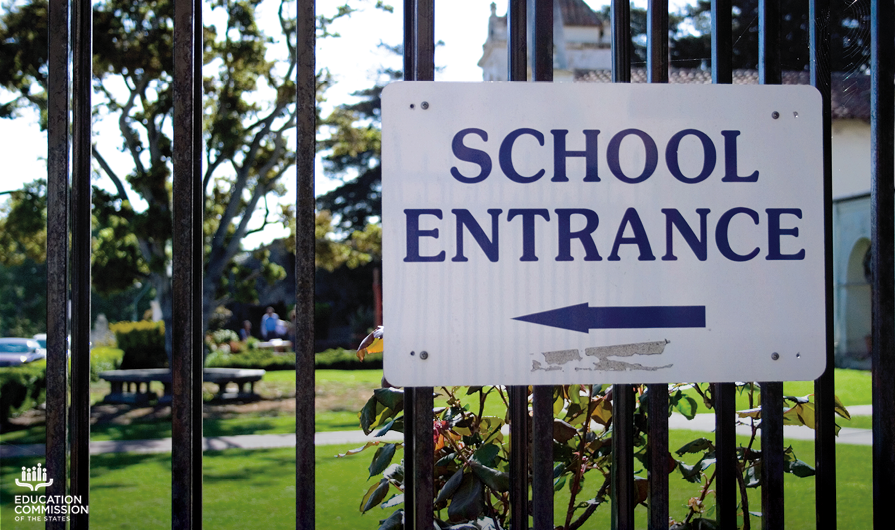The squeak of sneakers on the hardwood court. The scratch of skates on the ice rink. The crack of a fastball hitting the leather of a baseball glove. The ping of a lacrosse ball off of the crossbar. The ka-ching of professional team owners and the National Collegiate Athletic Association (NCAA) cashing in on sports. “For Love of the Game” is walking a fine line with “For the Love of Money”.
Growing up a die-hard sports fan, it’s been hard to come to terms with some of the problems that plague professional and collegiate sports. A number of issues have come to light in recent years, from player safety to unbelievably early recruiting (college lacrosse’s youngest recruit to verbally commit is now an eighth grader…) to a rising emphasis on collegiate athletics in place of academics. There is a spectrum of opinion on collegiate athletics, ranging from fanaticism to disdain, but even as a sports fan, it’s impossible for me to ignore the problems that exist.
Many have complained that the NCAA and postsecondary institutions unfairly profit off of intercollegiate sports at the expense of student athletes. Athletes have led lawsuits against the NCAA for using their likeness to profit off of video games, advertisements and jersey sales. The NCAA has also come under fire for exaggerating how much of its staggering new $8.8 billion March Madness TV deal will actually go to athletes. Yep, that’s $1.1 billion (with a B) per year from television revenue alone for a three-week long basketball tournament. People often rally against the idea of student athletes receiving compensation outside of scholarships, but with collegiate athletics becoming a multi-billion dollar industry, it may be worth considering how to better support athletes.
Many others argue that colleges and universities place too much of a focus, financially or otherwise, on their sports teams. The conflict has come to a head in Louisiana, a state trying to understand how to pay for its colleges, let alone college sports, while dealing with a budget crisis. After eight years of budget tightening, ten public universities in Louisiana “have seen their educational spending cut by an average of 4.4 percent, while their athletic budgets have grown by 57 percent”. For Louisiana, their 2016 state budget shortfall of $943 million might not mean much for Louisiana State University’s football and basketball teams, as their rosters are fully covered by NCAA-allocated scholarships. It means a little more for “small-sport athletes” in baseball or softball, who receive about 12 full scholarships each for rosters that carry over 30 players. The remaining players on those teams? Many of them rely on Louisiana’s Taylor Opportunity Program for Students (TOPS) scholarship program. Programs like TOPS have a larger impact for all student populations than do NCAA sport specific scholarships, so some wonder why academic budgets should be slashed while institutions build everything around sports.
State legislatures have begun to play a role in addressing collegiate sports and ensuring equity for both student athletes and institutions. Over the past three years, at least 22 bills related to college sports have been introduced across 12 states, with the majority attempting to ensure benefits, protection and compensation for student athletes.
- Both New York (B. 649, 2016) and California (A.B. 735, 2016) attempted to enact or extend an expansive “Student Athlete Bill of Rights” that would provide a number of benefits to athletes, including life-skills training, health insurance and scholarships guaranteed against injury.
- In 2015, Connecticut (B. 5485) attempted to define intercollegiate athletes as employees in order to give the athletes more leverage in collective bargaining.
- Texas (B. 1895, 2015), Missouri (H.B. 2097, 2016) and New Jersey (A.B. 3324, 2016) would require public institutions to offer student athletes a general scholarship if the athlete loses their athletic scholarship due to injury.
- While the other bills sought to grant benefits to athletes, North Carolina (B. 897, 2015) attempted to study revenue sharing between institutions and athletes, as well as the effects of providing stipends to athletes.
From the bills seen thus far, state legislatures are trending toward protecting student athletes. Not much, if anything at all, is being done to address the second issue of states and universities sacrificing academics for sports. Is this a sign that legislatures realize college sports are too popular and profitable to be pushed away? Should more be done to make the NCAA or outside sponsors responsible for carrying the costs of athletics? The NCAA and collegiate sports continue to toe the line between amateurism and professionalism, much more than they did in the past. As that line becomes thinner, it is increasingly likely that states will be forced to reconsider their role to ensure fairness for athletes and institutions alike. Let’s play ball!










